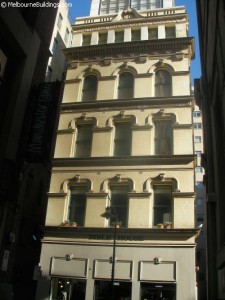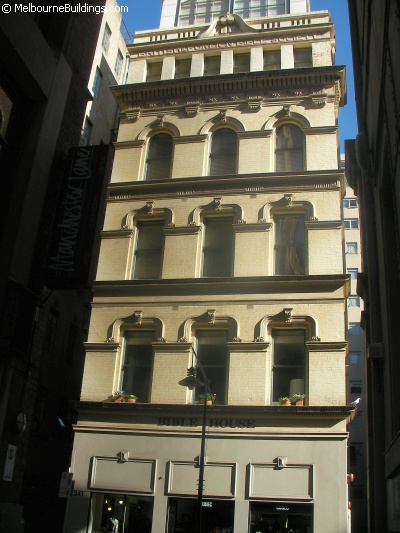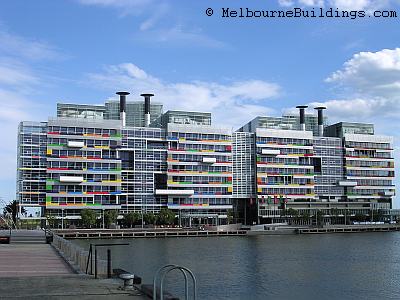
 Bible House: 241 Flinders Lane, Melbourne
Bible House: 241 Flinders Lane, Melbourne
The current building was constructed for Mr Chas Edgerton was designed by architect Frank Stapley and built by R Stockdale in 1898.1
he site was originally occupied by a two storey printing office and stationery warehouse built in 1877 for Fergusson & Moore printers. In 1888 the building was extended, however it was severely damaged by fire in 1897.2
This building is best known for its association with the British and Foreign Bible Society. The naming is in prominent typography at ground level and also above the cornice. The society was known in England and Wales as simply as the Bible Society, a Christian society formed on 4 March 1804.3 In Melbourne, the society was well entrenched by the time of the Victorian Gold Rush. The society purchased the building at 241 Flinders Lane shortly after the turn of the century.
Another fire broke out in the building in 1914 in an area occupied by Laurence, Claude and Co drapery manufacturer.4
The Bible Society continued to occupy the building until it moved to its current location at Blackburn.
Architecturally it is typical of the warehouse Renaissance Revival style with subtle Edwardian baroque modifications. It features hooded segmental arches with scroll keystones over the windows, bold string course, elaborate cornice entablature treatment and details on the additional storey. Originally of unpainted red brick, it has been painted over at some stage in the past.
It was given a heritage grading of D following the Central Activities District Conservation Study by Graeme Butler, 1984, however its overall contribution to the Flinders Lane streetscape was noted.5 It also terminates the vista of Manchester Lane.
Around 1997 the building was converted and strata titled into fashionable warehouse style apartments with the addition of a two storey setback in the appearance of a large open dormer and metal balconies along Scott Alley and was one of the earliest successes of the Victoria’s Postcode 3000 program aimed at attracting residents to the CBD.
References
- Heritage Assessment of Buildings at 116-132 Little Lonsdale Street, Melbourne. Graeme Butler & Associates, 2010 ↩
- Harcourt City Residential February 10, 2010 ↩
- Bible Society – Our History ↩
- The Argus Monday 9 March 1914 ↩
- City of Melbourne i-Heritage database ↩

 National Australia Bank: 800 Bourke Street, Victoria Harbour. Docklands
National Australia Bank: 800 Bourke Street, Victoria Harbour. Docklands